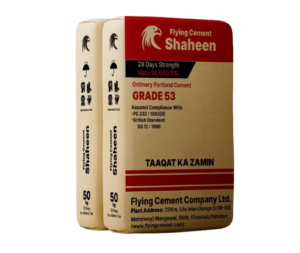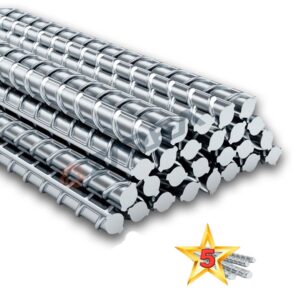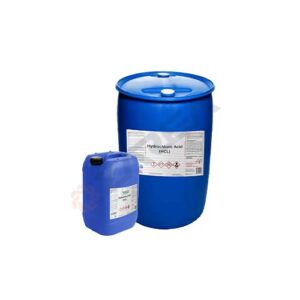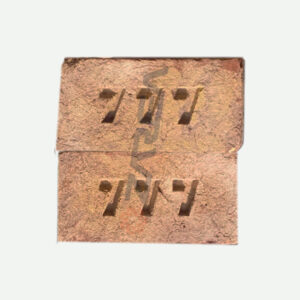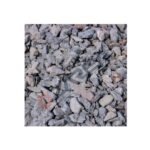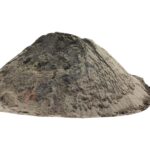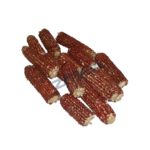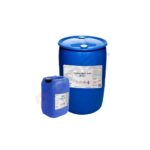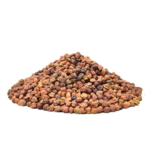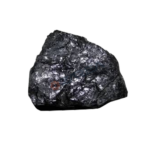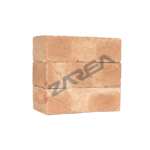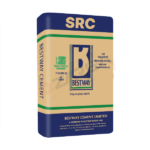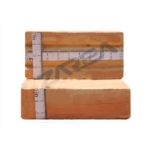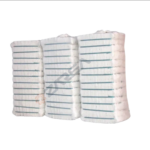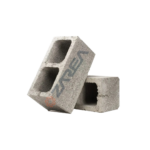Introduction – Maize Cultivation:
It is one of the most vital cereal crops on the global front, commonly known as corn in most parts of the world, and assumes immense significance in the economy of Pakistan. Maize stands third in importance after wheat and rice concerning area and production in the country. Maize cultivation has been going on all over Punjab, Sindh, more lately with increasing spread into Khyber Pakhtunkhwa, for various uses, which range from food products to fodder and other industrial usages.
At Zarea, we consider maize indispensable not only for being able to be prepared as staple food but also for it being one of the most critical agricultural products with respect to its effect on economies. The platform supplies everything from building materials to the extension with agricultural commodities that include the best quality maize for supporting local farmers and industries.
Types of Maize Grown in Pakistan:
In Pakistan, several types of maize are cultivated based on their intended use and climatic adaptability. The main varieties include:
- Flint Maize: Known for its hard kernels, flint maize is primarily used for animal feed and industrial purposes.
- Dent Maize: This variety possesses a more tender kernel that indents when fully grown. It is commonly utilized for human ingestion and as animal feed.
- Sweet Corn: This type is picked while unripe and is eaten as a vegetable or made into canned goods.
- Popcorn: A special type of flint maize that pops when heated; it is popular as a snack food.
Each type serves different market needs and contributes uniquely to the agricultural economy of Pakistan. If you want to learn more about corn or maize in Pakistan and its importance, read our previous blog.
Main Uses of Maize in Pakistan:
Maize has diverse applications that extend beyond basic consumption. The primary uses include:
- Human Consumption: Although direct human consumption has declined over the years, maize flour (makai ka atta) remains a staple in certain regions.
- Animal Feed: Approximately 70% of maize produced in Pakistan is utilized as poultry feed, making it an essential component of livestock diets.
- Wet Milling Industry: Approximately 20% of maize undergoes processing in the wet milling sector to create starches, sweeteners, and various other by-products.
- Industrial Uses: Maize acts as a base ingredient for creating numerous products like corn oil, corn syrup, and biofuels.
The adaptability of maize makes it an essential crop for ensuring food security and fostering economic development.
Impact of Weeds on Maize Crop Yields in Pakistan:
Weeds greatly affect maize crop in Pakistan, resulting in decreased yields and financial losses for farmers.
Maize Yield by Region:
Punjab:
- Affected Yield: 7.0 tons/ha
- Non-Affected Yield: 8.5 tons/ha
Sindh:
- Affected Yield: 5.8 tons/ha
- Non-Affected Yield: 7.0 tons/ha
Khyber Pakhtunkhwa (KPK):
- Affected Yield: 5.6 tons/ha
- Non-Affected Yield: 6.8 tons/ha
Balochistan:
- Affected Yield: 4.8 tons/ha
- Non-Affected Yield: 5.5 tons/ha
Economic Impact:
- Sindh: PKR 20,000 per hectare loss
- Punjab: PKR 11,000 per hectare loss
- KPK: PKR 14,000 per hectare loss
- Balochistan: PKR 18,000 per hectare loss
Weed control costs also differ:
- Sindh: PKR 15,000 per hectare
- Punjab: PKR 8,000 per hectare
- KPK: PKR 10,000 per hectare
- Balochistan: PKR 12,000 per hectare
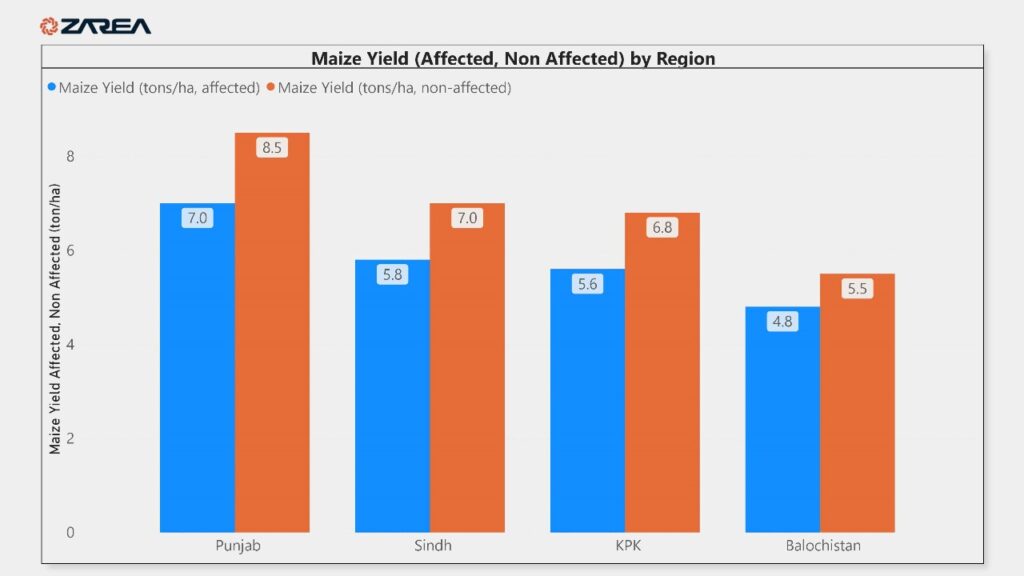
Challenges Faced by Maize Farmers:
Despite its significance, maize farmers in Pakistan encounter several challenges:
- Seed Availability: Very little access to high-value seeds, with only about 34% availability of improved seeds.
- Market Instability: Market uncertainty creates fluctuations in market price that make it difficult to assure a profit for farmers in particular.
- Climate Change: Weather pattern changes affect the schedule of planting and yields.
- Pest Infestations: Increased pressure by pests will lead to severe losses if not properly managed.
Addressing these challenges requires collaborative efforts between government agencies, research institutions, and farmers themselves.
Weeds of Maize Crop in Pakistan:
Weeds have now become one of the major issues of maize cultivation. Weed plants compete with maize for their nutrition, light, and water. Different species of broadleaf weeds and narrow leaf weeds attack maize crop in Pakistan. Control of weeds is necessary for acquiring maximum yield and keeping healthy crops of maize. Some major weeds in maize and millets crops grown in Pakistan are presented below, arranged in order of broadleaf and narrow leaf categories.
Broadleaf Weeds
Krund: A persistent weed that thrives in warm climates, often found in disturbed areas.
Bathu: Known for its rapid growth, it competes aggressively with maize for resources.
Tandla: This weed can grow rapidly and produce a significant number of seeds, making it a formidable competitor.
Jangli Palak: A wild form of spinach that can invade maize fields and reduce yield potential.
Jangli Hallo: This weed can spread quickly and is difficult to control once established.
Dhodak: Known for its fleshy leaves, it thrives in warm weather and can outcompete maize plants.
Kulfa: A perennial weed that can establish deep roots, making it challenging to eradicate.
Lehli: Also known as wild lettuce, it can grow tall and shade maize crops.
Itsit: This weed not only competes with maize but can also be toxic to livestock if ingested.
Narrowleaf Weeds
Khuble: Commonly known as wild oats, this weed competes vigorously with maize for nutrients and moisture.
Madhana: Also known as purple nutsedge, it is notorious for its resilience and ability to spread rapidly.
Swnki: This grass can thrive in various conditions and compete effectively with maize crops.
Baru: Known as barnyard grass, it is a major competitor in rice and maize fields alike.
Deela: A significant weed that affects wheat and maize; it has developed resistance to several herbicides.

Importance of Weed Management:
Efficient weed control is crucial for optimizing maize production. Weeds not only vie for resources but can also host pests and diseases that could adversely affect crop health. Integrated weed management strategies that combine cultural practices, mechanical control, and chemical methods are recommended to manage these weeds effectively.
Conclusion:
In conclusion, weeds pose a significant threat to the productivity of maize crops in Pakistan through competition for essential resources like nutrients and water. Understanding the major broadleaf weeds such as Krund, Bathu, Tandla among others—and narrow leaf weeds like Khuble—can help farmers implement effective management strategies.
At Zarea, it is our commitment to make sure that local farmers in this area get the best maize corn, meeting the market requirements, while at the same time ensuring that environmental sustainability among the farming communities is paramount. As we forge into the future, investing in this vital crop will be highly instrumental in ensuring prosperity to farmers and consumers while responding positively to the challenges of weeds.
FAQs:
In which seasons is maize grown in Pakistan?
Maize is grown during the autumn and spring seasons.
What are the best months to plant maize in Pakistan?
Spring maize: Late January to late February; March 15 to April 15 in hilly areas.
Autumn maize: July 15 to August 15.
Winter maize: April to May (planting in June may delay germination).
Which soil type is best for growing maize?
Sandy-loam to silty-loam soils that are well-drained, steering clear of waterlogged situations.
Who is the largest producer of maize?
The United States, producing 354.19 million tonnes and exporting 57.79 million tonnes.
